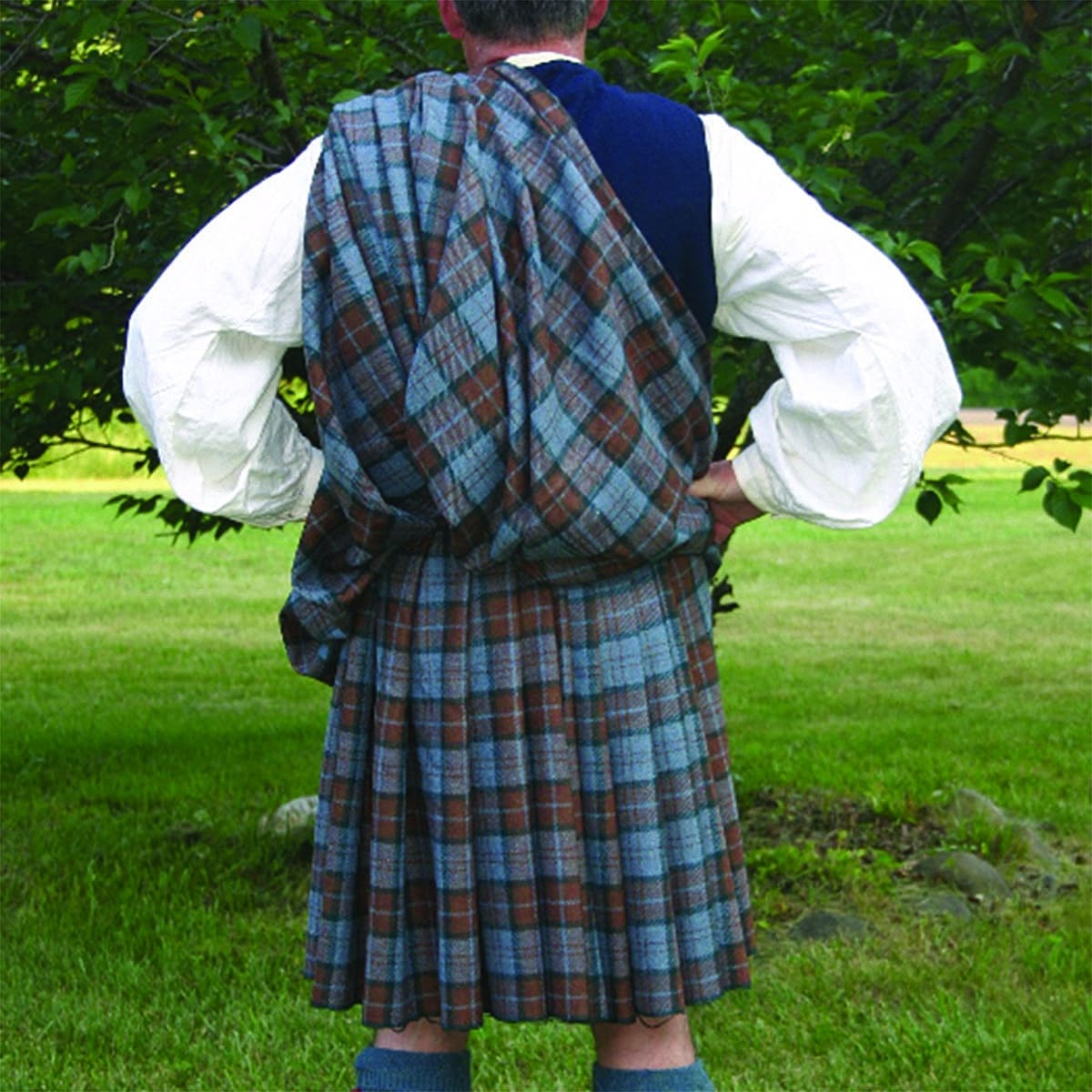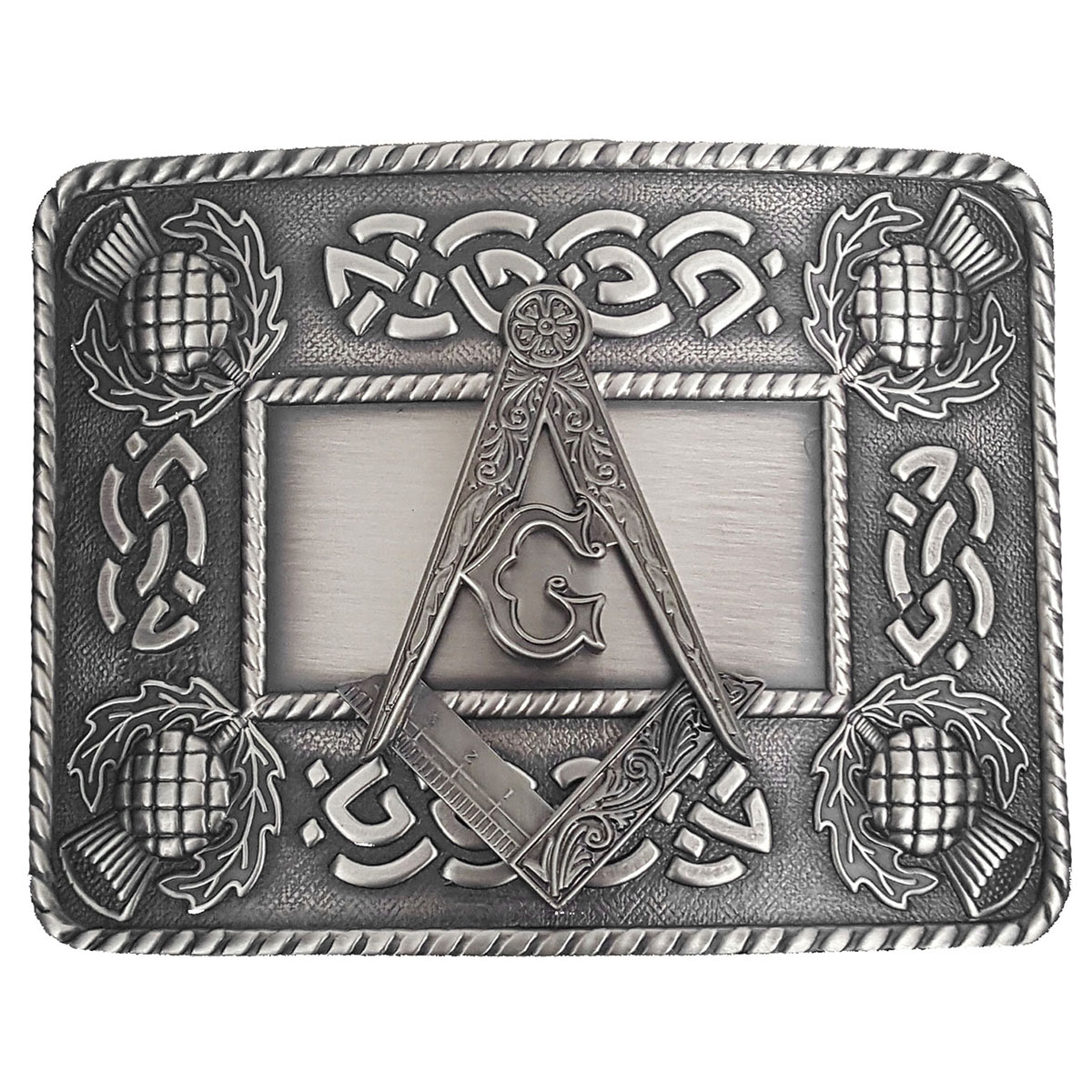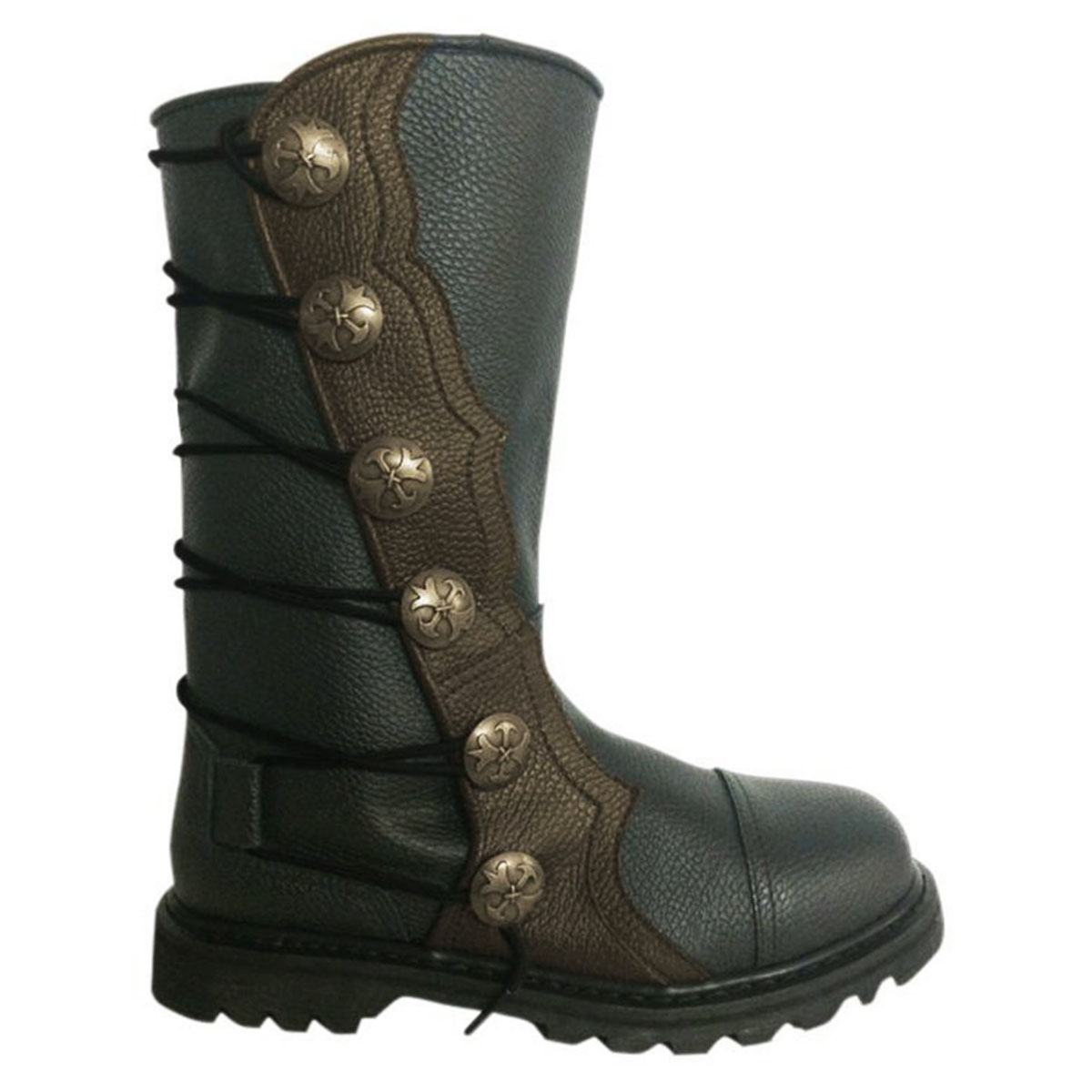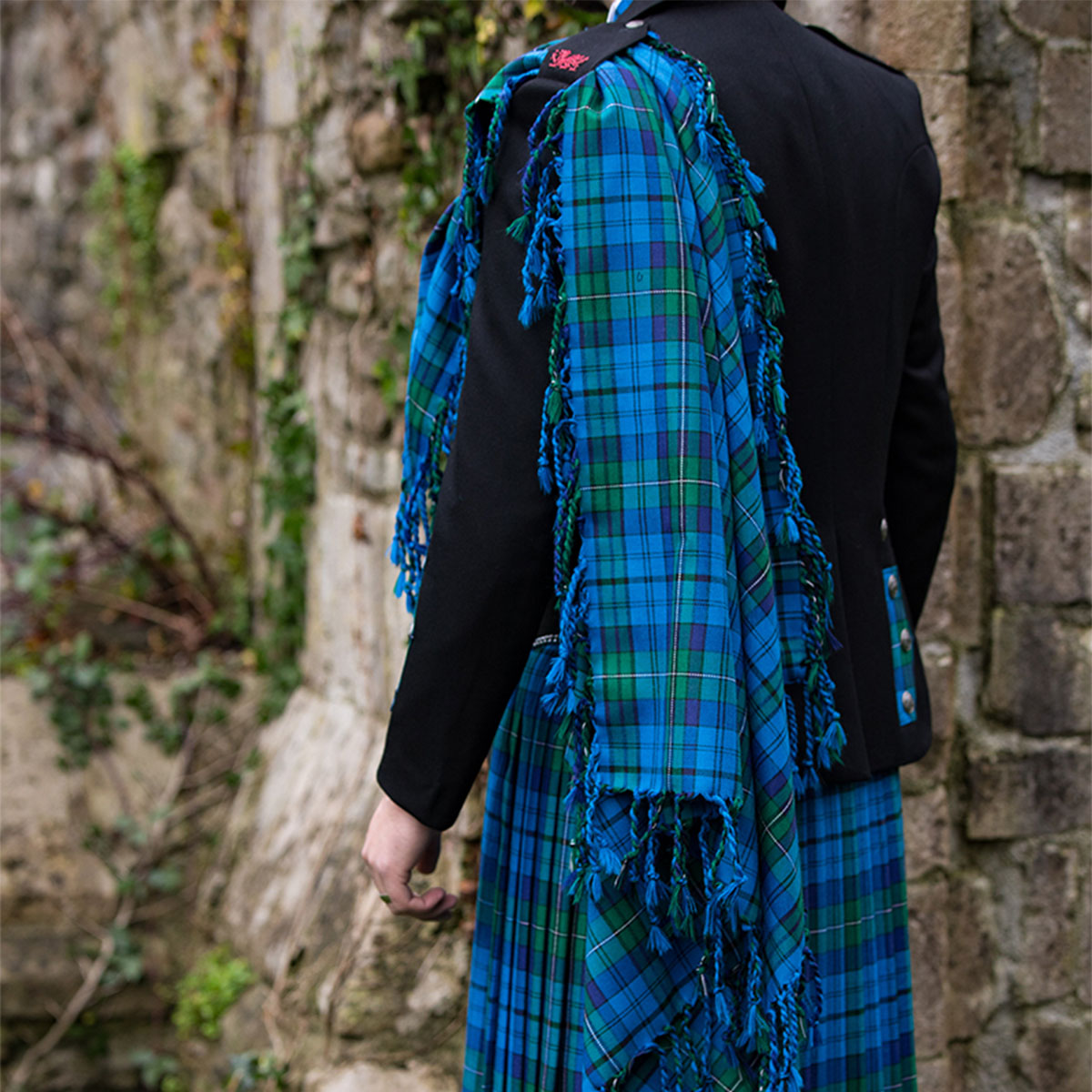Originally published April 2015
Swords & Watery Tarts
“Then Sir Bedivere departed, and went to the sword, and lightly took it up, and went to the water side; and there he bound the girdle about the hilts, and then he threw the sword as far into the water as he might; and there came an arm and an hand above the water and met it, and caught it, and so shook it thrice and brandished, and then vanished away the hand with the sword in the water.” –Le Morte d’Arthur.
“Look, strange women lying on their backs in ponds handing out swords … that’s no basis for a system of government. Supreme executive power derives from a mandate from the masses, not from some farcical aquatic ceremony. You can’t expect to wield supreme executive power just ’cause some watery tart threw a sword at you! I mean, if I went around saying I was an Emperor because some moistened bint had lobbed a scimitar at me, people would put me away!” -“Dennis” Monte Python and the Holy Grail
Anyone familiar with the traditional tale of King Arthur should be familiar with the ending, and the return of the sword Excalibur to the Lady of the Lake as Arthur lay dying. But I recently ran across a paper relating the story to what seems to have been a common practice among Celtic peoples. -That of giving up swords as votive offerings to bodies of water. The first La Tene lake site was excavated in 1857 by Henry Kopp at Lake Neuchatel where no fewer than forty swords were found. Since that time a total of 166 swords have been found at the site. Scholars have argued that the number of barely-used swords matches an the idea of an armory better than an offering site, but the frequency of swords or metal objects in various other bodies of water in Europe seems to argue for the idea of a votive offerings just as well.
Locations in the United Kingdom include the Witham and Thames Rivers like the Battersea and Wandsworth finds (London and Thames Valley Britain), Llyn Cerrig Bach (Anglesey), Llyn Fawr (Mid Glamorgan, Wales), FlagFen (Cambridgeshire), Blackburn Mill and Carlingwark (Scotland). The Romans also gave offerings to bodies of water, although in the case of the thermal springs at Bath, it was for the purpose of curses which were written on pewter tablets and dropped in the water. 130 of these have been discovered at Aqua Sulis, The author of the article also points out that the Lady of the Lake exists in amid a strong background of Celtic water spirits or godesses. The Roman Minerva Sulis was originally just Sulis -a local Celtic deity. Coventina is suggested to be watery godess of memory and healing and another example of a well near Hadrian’s Wall that was adopted by the Romans and used for votive offerings. Wells and springs are also a common location for the theme of supernatural encounters in Celtic myth and legend. So against the background of such oral traditions as well as the offerings made to the spirits of the waters it seems reasonable think that the story of Lady of the Lake and Excalibur may have grown out of those traditions.





1 Comment. Leave new
I believe this is so cool, to have the opportunity to learn more and more about my ancestral history and life. I am finding Celtic History so amazingly helpful and beneficial.